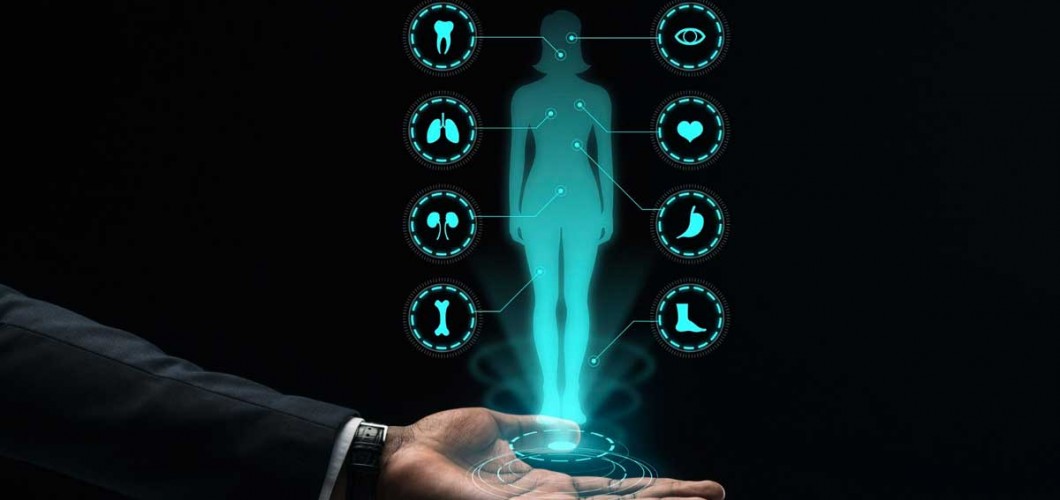
Digital Resources for First Aid Training: Learn Life-Saving Skills with Online Courses
First aid is a life-saving skill, and quick intervention in emergencies is crucial to reducing the risk of death. However, access to training can sometimes be challenging. Fortunately, digital resources and online courses have made learning first aid more accessible and flexible. Now, you can develop your first aid knowledge and even obtain certification from the comfort of your home without the need to attend a special training center or hospital. In this blog, we’ll explore the benefits of digital resources and online first aid courses, which platforms you can use, and how you can succeed with online learning.
1. The Rise of Digital Resources and Online Courses
With the integration of technology into our lives, a significant shift has occurred in education. Instead of attending physical training centers, taking courses online has become increasingly popular. Online courses and digital resources provide an effective way to spread first aid knowledge to a wider audience.
a. Flexibility and Time Savings
Online courses allow users to learn at their own pace. People with busy schedules, such as those balancing work or school, can take courses at their own convenience. This eliminates the time and location constraints that come with traditional classroom training.
b. Wide Accessibility
Digital training allows people around the world to access high-quality first aid education, regardless of their geographic location. This is especially beneficial for those living in remote areas or individuals with physical limitations, as they can receive first aid training online.
2. Where Can You Take Online First Aid Courses?
There are many platforms on the internet offering first aid training. These platforms cater to different skill levels, allowing individuals to find courses suited to their needs. Here are some of the most popular and reliable platforms for online first aid courses:
a. Red Cross
The Red Cross is a globally recognized organization that offers online first aid courses. Through the Red Cross online platform, you can access comprehensive training on basic first aid, CPR (Cardiopulmonary Resuscitation), and BLS (Basic Life Support). You can also consolidate your learning with online tests and simulations.
b. American Heart Association (AHA)
The American Heart Association is a leading source for heart health and first aid training. AHA’s online courses provide interactive lessons to equip students with the knowledge and skills needed in emergencies. Their courses cover CPR, strokes, choking, and other critical situations.
c. Coursera and Udemy
Popular educational platforms like Coursera and Udemy offer online first aid courses accredited by top universities and health organizations. These courses typically include videos, reading materials, and interactive quizzes. You can learn at your own pace and even earn certificates that validate your knowledge and skills.
d. St. John Ambulance
St. John Ambulance offers comprehensive online first aid training, including simulations to help you apply the knowledge in real-life scenarios. Their courses cover CPR, wound care, bleeding control, poisoning, and other emergency situations. They offer training for both individuals and businesses.
3. Tips for Success in Online First Aid Training
While online learning offers many benefits, there are certain strategies you can use to ensure your success. Here are some tips for making the most of digital resources:
a. Set Your Own Learning Pace
One of the greatest advantages of online learning is the ability to learn at your own speed. Take your time to thoroughly understand each topic before moving on. If you struggle with a concept, feel free to revisit the material or look for additional resources.
b. Practice Regularly
In addition to theoretical knowledge, hands-on practice is essential. Many online platforms offer practical applications and simulations to give you a chance to apply what you’ve learned. Engaging in these practical scenarios will help you understand how to respond to real-life emergencies.
c. Earn Certificates and Take Assessments
Many online platforms offer certificates upon course completion, which can serve as proof of your first aid skills. These certificates can be beneficial in the workplace or in volunteering roles. Additionally, assessments at the end of the courses will help you measure your knowledge and identify areas that need improvement.
d. Stay Updated with Training
First aid knowledge can evolve over time, with new techniques and practices being introduced. It’s important to stay up to date with the latest methods and guidelines. Follow any updates provided by the platforms you use to ensure you’re always learning the most current information.
4. Advantages of Learning First Aid through Digital Resources
Learning first aid online offers several key advantages:
a. Flexibility of Time and Location
Online courses allow you to learn at your convenience, without being bound by location or time constraints. You can study when it’s most convenient for you, whether it's early morning or late at night.
b. Effective Learning Methods
Online platforms use a variety of teaching methods, including video lessons, interactive simulations, and quizzes. These methods help reinforce your knowledge and ensure you understand the material thoroughly.
c. Lower Costs
Online courses are often more affordable than traditional classroom-based training. Additionally, they eliminate travel and accommodation expenses, making them a cost-effective way to learn first aid.
d. Accessibility
Digital resources make it easy for anyone with internet access to take first aid courses. This eliminates geographic barriers and allows a broader audience to receive training.
5. Conclusion
First aid training is a crucial skill that can save lives, and digital resources have made it more accessible than ever. Online courses provide flexibility, affordability, and a range of learning options that make it easier for people to develop first aid skills. Whether you want to learn at your own pace, practice through simulations, or earn certifications, digital resources are a great way to gain life-saving knowledge. Remember, emergencies can happen at any time—being prepared is always the best option.

Leave a Comment